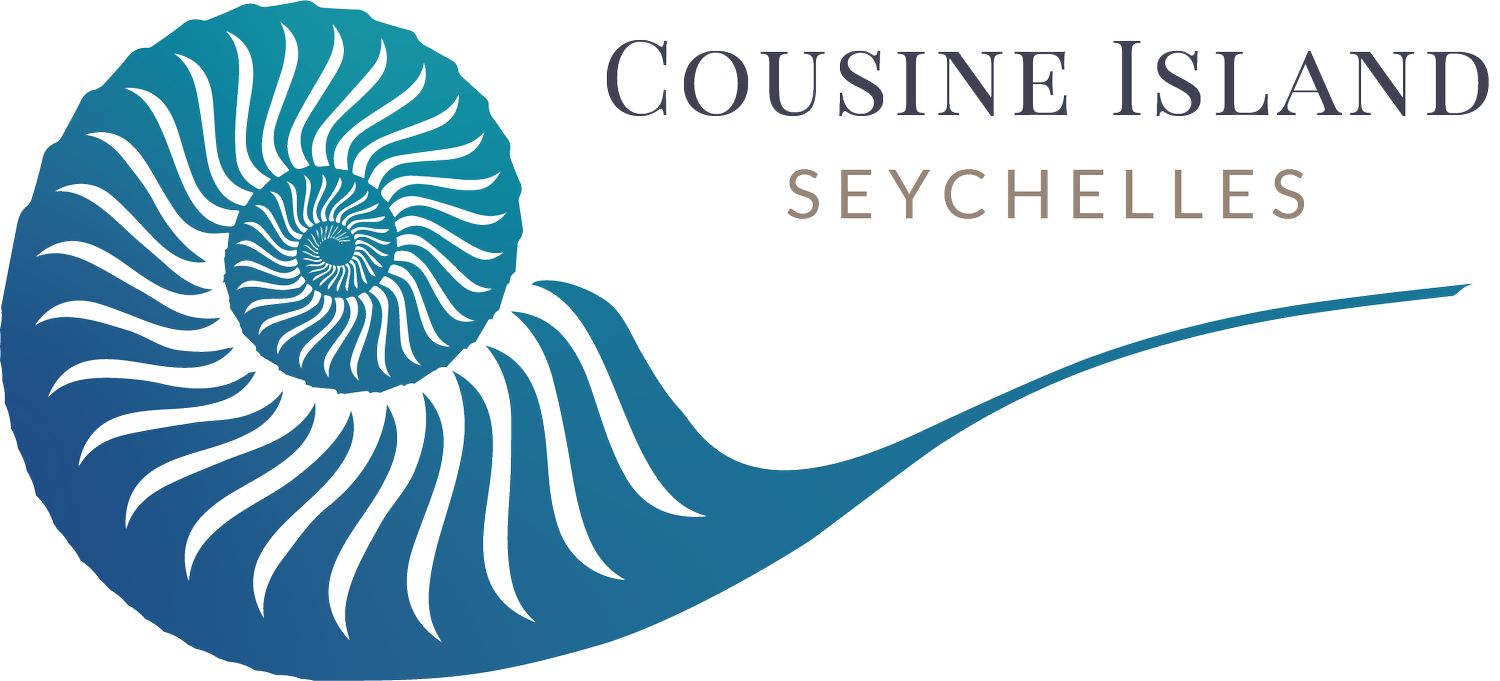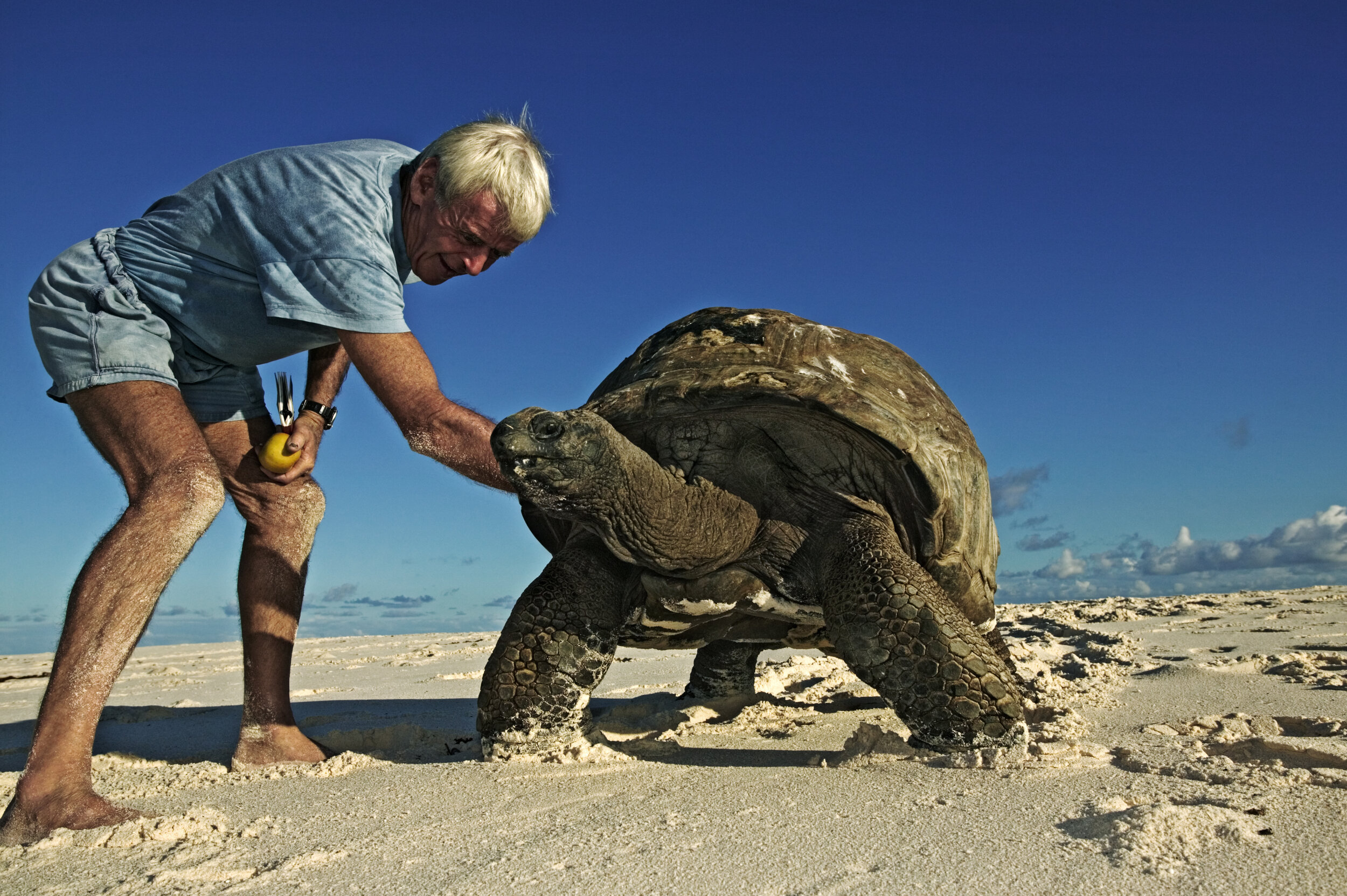Aldabra Giant Tortoise (Aldabrachelys gigantea)
Classified as a “vulnerable” species, the Giant Tortoise is one of the largest tortoises in the world and can live for over 150 years. Cousine Island proudly hosts 78 free-roaming individuals.
Our ongoing efforts: Each of our 78 giant tortoises has been named and internally tagged which has helped us to keep track of their health, behaviour and growth over the years. Furthermore, a census is conducted annually as part of the monitoring project.
Witness history in the making. All of our tortoises came to us as rescued animals, which has made estimating their ages very difficult. Nonetheless, due to their size, we estimate several individuals to be over 100 years old, with one male Adam, thought to be born in the early 1900s.
Since 1992, Cousine Island has been a refuge for giant tortoises and is currently home to 79 individuals.
Giant tortoises were once found on several islands in the western Indian Ocean. Due to differences in external shell appearance there were thought to be three species of giant tortoises in the Seychelles archipelago (i.e. Aldabra giant tortoise, Seychelles giant tortoise and Arnold’s giant tortoises), however, genetic studies have shown that all three are considered to be part of the same species.
These reptiles are particularly important on Cousine as they uncover food while walking through the leaf litter for various animal species, such as the endangered Seychelles magpie-robin and the various endemic skink species. They also assist with ecological processes by dispersing large quantities of plant seeds in their dung. Giant tortoises feed on low lying vegetation such as grasses, shrubs and leaves of trees with low hanging branches. They also have developed the ability to drink water through their nostrils. This adaptation is extremely beneficial during periods of low rainfall where these reptiles can then drink from shallow pools where limited water accumulates. Giant tortoises, like many tortoise species, are more active in the early morning and late afternoon, seeking shelter in shrubs or shallow pools during the midday heat. Mating generally takes place during the North-West Monsoon (Dec-Mar), while nesting takes place between June and September. Females lay between 10 and 25 eggs, which then take between two and five months to hatch, emerging at the start of the rainy season.
Tortoises will grow throughout their life if favourable conditions permit. Giant tortoises can live for over 150 years, with Jonathan, a male found on Saint Helena Island, thought to be the oldest known terrestrial animal in the world at 186 years old.
On Cousine Island we have several males that are over 100 years old, with one male, Adam, thought to be at least 126, born in the early 1900s. The largest individual found on Cousine, Mr Les, weighs a staggering 326 kg (719lb) and is thought to be older than Adam. There are also several smaller individuals, some weighing less than 35 kgs. Giant tortoises have certainly found the key to longevity.


